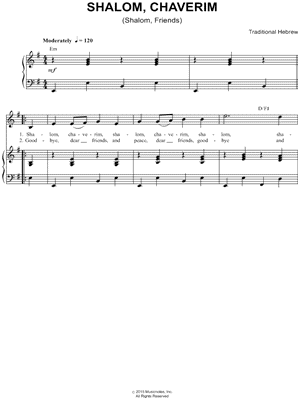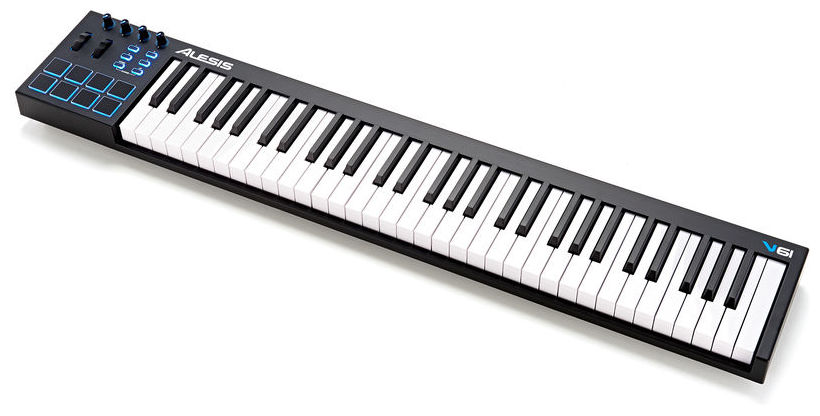

It received also an abbreviated form connected with the favorite old ligature, and it is to this ligature of Alef and Lamed that the contracted Oriental Aleph owes its origin ( Figure 3, column 7). By the turn of the 20th century, Ashkenazi cursive had these two elements separated, thus ׀c, and the acute angle was rounded.

For the rest the cursive of the Codices remains fairly true to the square text.ĭocuments of a private nature were certainly written in a much more running hand, as the sample from one of the oldest Arabic letters written with Hebrew letters (possibly the 10th century) clearly shows in the papyrus, in "Führer durch die Ausstellung", Table XIX., Vienna, 1894, ( compare Figure 3, column 4). Instead of the little ornaments at the upper ends of the stems, in the letters a more or less weak flourish of the line appears. For instance, the Sephardi rounds off still more, and, as in Arabic, there is a tendency to run the lower lines to the left, whereas the Ashkenazi script appears cramped and disjointed. The differences visible in the square alphabets are much more apparent. Columns 2–14 exhibit cursive scripts of various countries and centuries. Somewhat less of a cursive nature is the manuscript, which dates from the 8th century. These bowls date from the 7th or 8th century, and some of the letters are written in a form that is very antiquated ( Figure 3, column 1). Still longer texts in a cursive alphabet are furnished by the clay bowls found in Babylonia and bearing exorcisms against magical influences and evil spirits. The brief inscriptions daubed in red ink upon the walls of the catacombs of Venosa are probably the oldest examples of cursive script. Eleazer of Worms, copied at Rome in 1515 by Elias Levita įigure 1: Signature of the Baal Shem Tov some time in the 1700s, written in the cursive Hebrew script.

This is discussed in the following section, which makes reference to the columns in the table, numbered 1 through 14.įigure 3: "Cursive Writing" (Jewish Encyclopedia, 1901–1906). This table shows the development of cursive Hebrew from the 7th through the 19th centuries. Note: Final forms are to the left of the initial/medial forms.

(Table is organized right-to-left reflecting Hebrew's lexicographic mode.) The names appearing with the individual letters are taken from the Unicode standard and may differ from their designations in the various languages using them-see Hebrew alphabet § Pronunciation for variation in letter names. The forms in the table below are representative of those in present-day use. As with all handwriting, cursive Hebrew displays considerable individual variation.


 0 kommentar(er)
0 kommentar(er)
